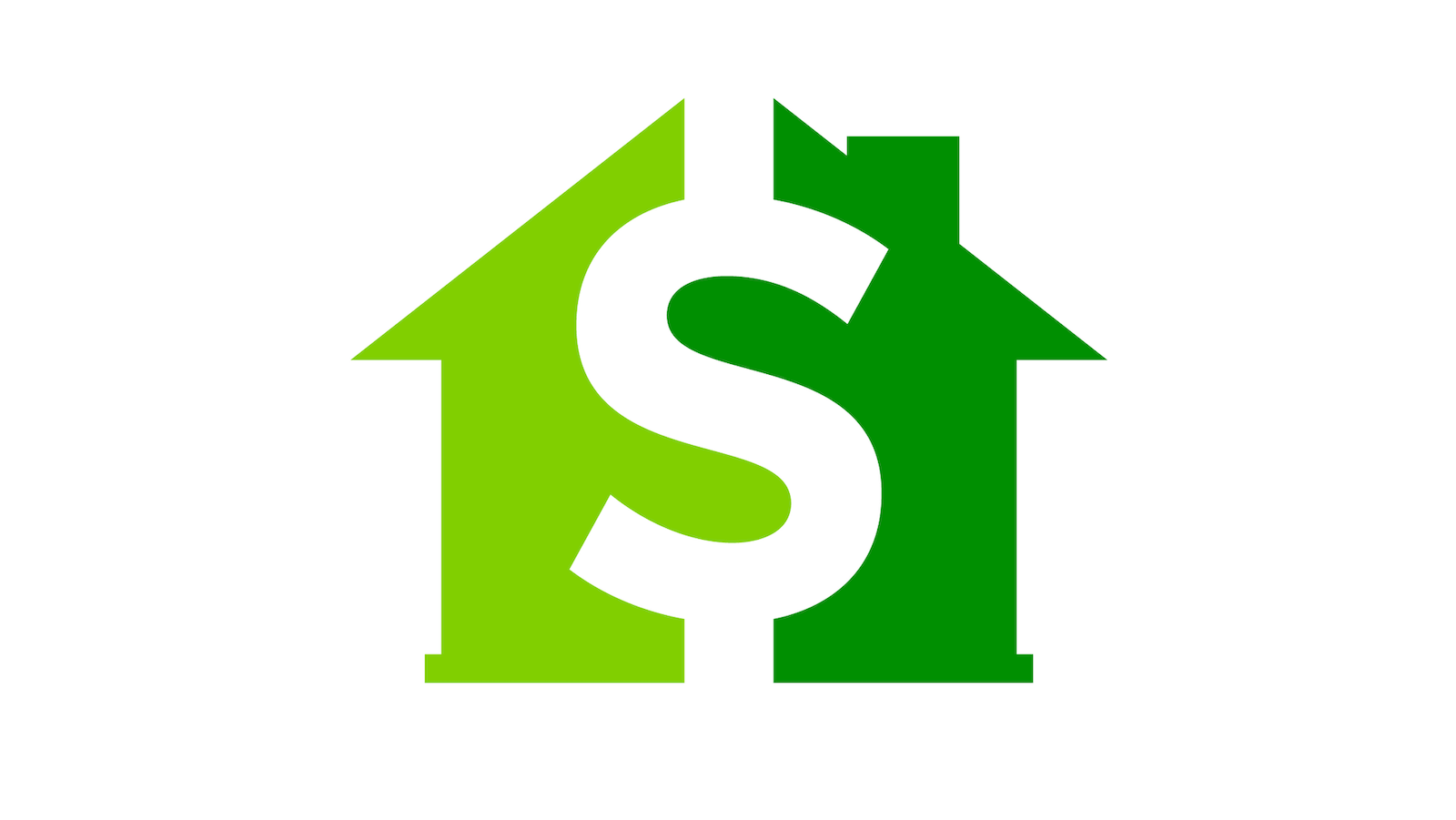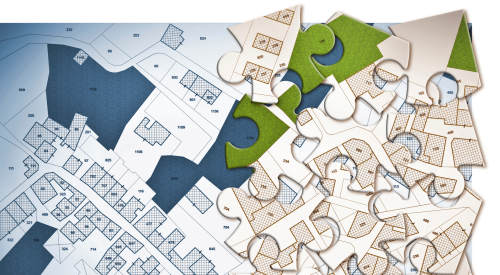The National Association of Home Builders recently released its 10-point housing plan outlining initiatives to address the housing affordability crisis and ease stubbornly high shelter inflation (homeownership and rental housing) costs. With a nationwide shortage of roughly 1.5 million housing units, the only way to lower housing costs and ensure a healthy supply-demand balance in the for-sale and rental markets is to boost the nation’s housing supply. ![]()
NAHB’s housing plan provides a blueprint for local, state, and federal officials to work in tandem with the private sector to address the impediments preventing builders from boosting housing production at a time when the nation desperately needs more affordable, attainable housing.
10 Steps to Greater Housing Affordability
These are the essentials of NAHB’s 10-Point Housing Plan to Promoting Housing Affordability:
1. Eliminate excessive regulations. On average, regulations account for nearly 25% of the cost of a single-family home and more than 40% of the cost of a typical apartment development. Agencies and officials at all levels of government must thoughtfully consider the true effect regulations have on small businesses by requiring a more thorough analysis, including examining the indirect costs associated with a proposed rule.
2. Promote careers in the skilled trades. Home builders will need to add 2.2 million new workers over the next three years just to keep up with demand. This severe labor shortage is exacerbating the housing affordability crisis through higher home building costs and construction delays. Policymakers at all levels of government can help by supporting funding for building and construction trades education and providing more placement services to job seekers.
3. Fix building material supply chains and ease costs. The cost of building materials has surged 38% since the pandemic, with the price of distribution transformers rising by 72%. Federal policymakers can help mend faulty building material supply chains and ease price spikes and volatility by boosting the production of sorely needed transformers and other materials, ending tariffs on Canadian lumber shipments into the U.S. and other building materials coming from China, and increasing the domestic supply of materials.
4. Pass federal tax legislation to expand the production of affordable and attainable housing. NAHB supports bipartisan legislation to increase resources for programs such as the Low-Income Housing Tax Credit that finance the production of affordable housing. NAHB also supports bipartisan proposals to create a new tax credit to produce affordable workforce rental housing geared toward middle-income households, such as teachers, health care professionals, and law enforcement.
RELATED
- NAHB Develops Land Use Resources for Home Builders and Buyers
- How NAHB Is Working to Build a Stronger Housing Industry
- Poll Finds Americans Want Action on Housing Affordability
5. Overturn inefficient local zoning rules. Many local and state governments have adopted zoning laws that inhibit home construction and drive up costs. Inefficient land use policies make it harder and more expensive to build. Localities need to rework their zoning plans to increase density and allow more flexibility for developers.
6. Alleviate permitting roadblocks. Permitting delays at all levels of government delay housing projects and raise construction costs. There are federal- and state-level actions that can be taken to improve the permitting process while maintaining healthy and thriving communities.
7. Adopt reasonable and cost-effective building codes. New homes are resilient and energy efficient, yet there continues to be a push to mandate the use of restrictive, costly energy codes that raise housing costs while providing little energy savings to consumers. NAHB supports a reasonable trade-off for a new-home buyer, as well as updates to appraisal practices to ensure that appraisers recognize the value of energy-efficient and other green, innovative features in newly constructed homes.
8. Reduce local impact fees and other up-front taxes associated with housing construction. While some impact fees may be necessary to cover the costs of increased public services for new-home developments, those fees must be imposed fairly with the cost to the homebuyer in mind and not be used to fund unrelated city or county services not connected to new-home construction.
9. Make it easier for developers to finance new housing. Like homebuyers seeking a mortgage, home builders and developers rely on banks for financing to build new homes and housing developments. NAHB supports increasing financing options to make it easier for more homes to be built.
10. Update employment policies to promote flexibility and opportunity. The current patchwork approach for determining worker status (that is, employee or independent contractor), calculating overtime pay and prevailing wages, and documenting employment status not only creates additional and unforeseen burdens but also disincentivizes housing production. Employment policies and requirements must both recognize the common practices among regulated industries and be simple and economical enough for businesses of all-sizes to comply.
NAHB is fighting for you. But we can’t do it alone. Join us. Elevate and expand the reach of this plan, share it in your communities, and help us build better in 2024 and beyond.
Read the full plan and learn more about each element.
W2W4 at NAHB
• NAHB’s educational programs provide dozens of courses and seminars to improve your business and advance your career. Use the Education Calendar to find upcoming classes in your local area or learn online at your own pace.
• The National Housing Endowment is NAHB’s philanthropic arm. The Endowment and NAHB Student Chapters are helping to train future NAHB members, and the Endowment is directly addressing the labor shortage with the Skilled Labor Fund.













